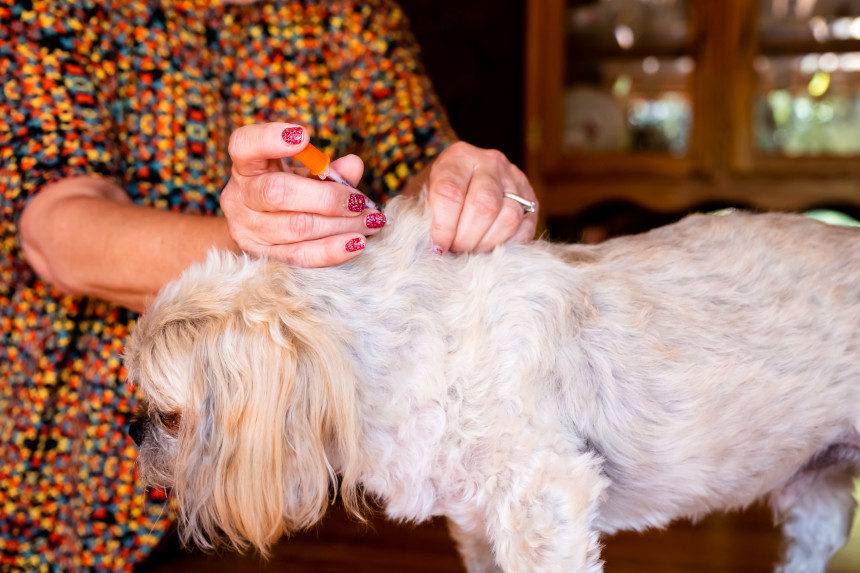“Your Health Checkup” is our online column by Dr. Douglas Zipes, an internationally acclaimed cardiologist, professor, author, inventor, and authority on pacing and electrophysiology. Dr. Zipes is also a contributor to The Saturday Evening Post print magazine. Subscribe to receive thoughtful articles, new fiction, health and wellness advice, and gems from our archive.
Order Dr. Zipes’ new book, Bear’s Promise, and check out his website www.dougzipes.us.
If you are like I am, you’re tired of reading and hearing about the COVID-19 pandemic, even though it has justifiably dominated our lives and our headlines for almost a year. I ran across a bit of news that surprised — no, amazed — me that had nothing to do with COVID and I thought I’d share it with Post readers.
Diabetes is generally divided into two types: type 1 and type 2. In type 1 diabetes, usually first manifest in children and young adults, the pancreas fails to produce sufficient insulin to metabolize glucose in food. In type 2 diabetes, the body either resists the insulin it does produce, becomes less sensitive to its actions, or does not produce enough of it. Type 2 diabetes is much more common, affecting more than 400 million people worldwide, and is usually first manifest in adults, often related to being overweight, inactive, and eating a poor diet.
Spouses of individuals with type 2 diabetes can be at increased risk of developing diabetes themselves, potentially from shared lifestyle factors and obesity rates, as well as shared socioeconomic circumstances.
Therefore, it’s possible that owners of pets living in the same household might be similarly exposed to environmental factors that contribute to developing type 2 diabetes. What surprised me was that owners of a dog — but not a cat — with diabetes were more likely to develop type 2 diabetes than owners of a dog without diabetes.
Now it’s been known for some time that dog and cat owners and their pets can share certain health characteristics such as being overweight, perhaps related to physical inactivity and poor diet for both. But type 2 diabetes? That’s a new one.
In Sweden, the prevalence of type 2 diabetes in adults almost reaches 5 percent, and is projected to increase in the coming decades due in part to an aging population but also to lifestyle behavior and obesity. To explore whether animals exhibited any similarities to humans, Swedish scientists investigated 208,980 owner-dog pairs and 123,566 owner-cat pairs. They recruited subjects over a two-year baseline assessment period (2004-2006) and followed them for a median of more than three years (2007-2012).
Dogs and cats with type 2 diabetes present with clinical signs and symptoms similar to humans, including excessive thirst, frequent urination, and weight loss. Follow up information on the pets was extracted from veterinary records while information on owners with diabetes was extracted from several patient registries.
The authors found that owners of dogs with diabetes were more likely to develop type 2 diabetes during follow-up than owners of dogs without diabetes. They postulate that such a relationship might be due to shared environmental factors, behavior, diet, and physical activity, and even shared gut microbial communities that could impact the development of diabetes.
It is also possible that pet owners who have diabetes are more sensitive to the signs and symptoms of the disease and more likely to recognize them in their pet. However, that would not explain the lack of association with cats. An explanation for the latter is that cat owners share fewer dietary habits and physical activity than owner-dog pairs.
Finally, the authors questioned whether it might be possible to use dogs that develop type 2 diabetes as a type of “canary in the coal mine” sentinel to identify shared diabetogenic health behaviors and environmental exposures between the owner and the dog that might help avoid the disease.
The advances of science and medicine continue to amaze us. Speaking of which, don’t forget to get your COVID-19 vaccination when it becomes available.
Featured image: Debra Anderson / Shutterstock
Become a Saturday Evening Post member and enjoy unlimited access. Subscribe now



